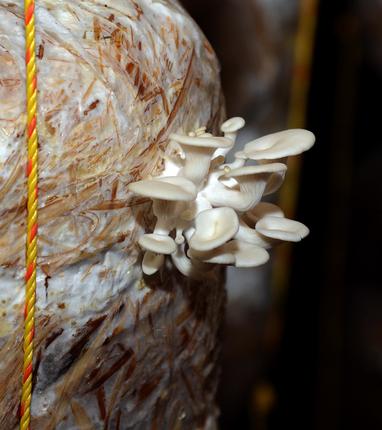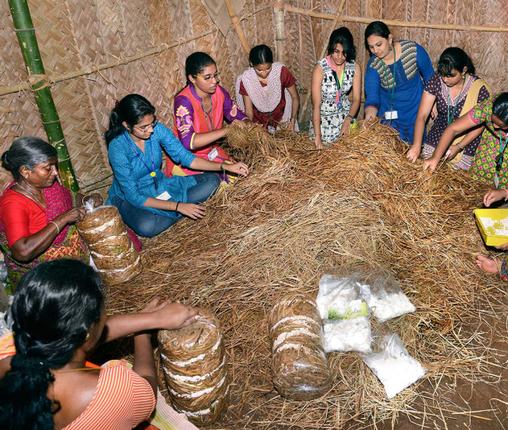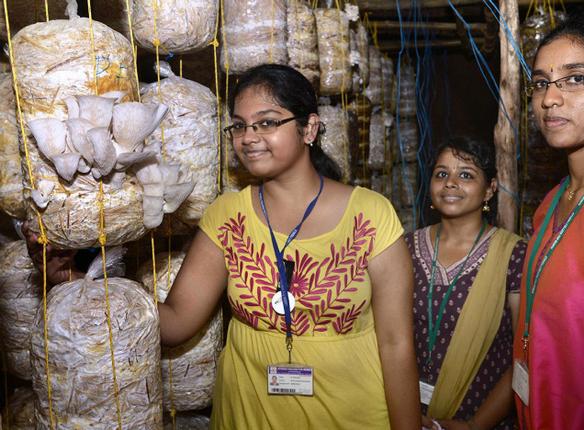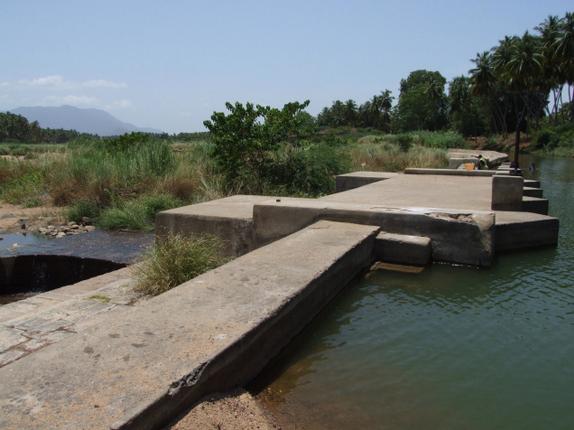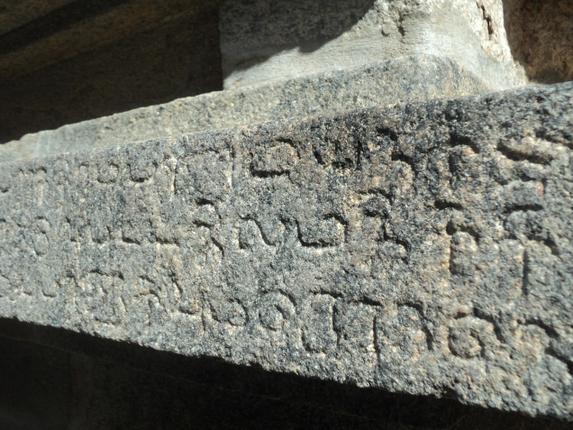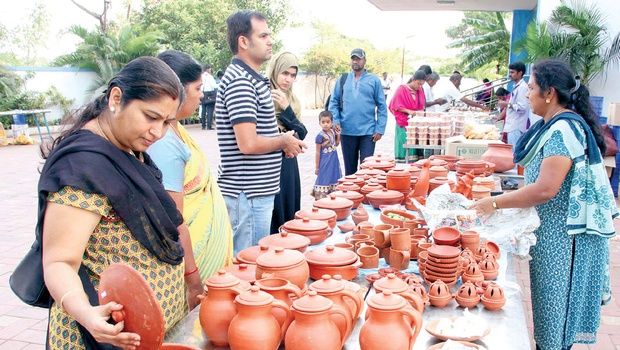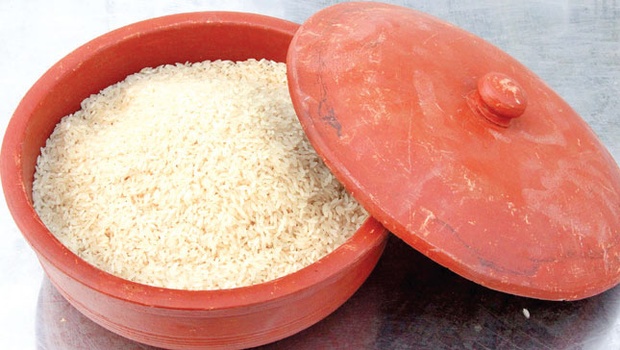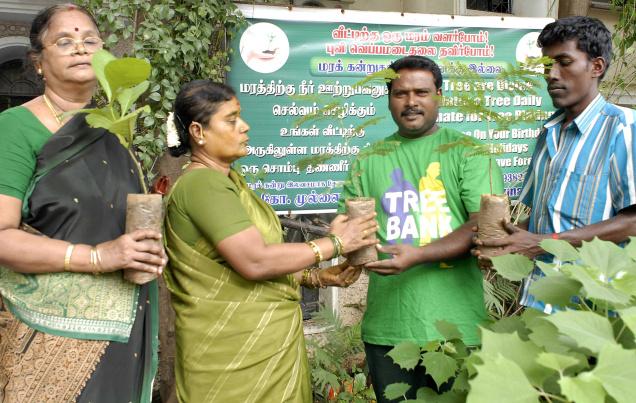
As many as 355 volunteers plant a tree in each of the 155 divisions in Chennai everyday.
G. Mullaivanam, clad in a green shirt, walks down Krishna Nagar Third Street in Virugambakkam identifying the trees, the month/year they were planted and the occasion they were planted for. He also narrates how the residents maintain them with his guidance.
G. Mullaivanam is the proud owner of these and a lakh of other trees that are planted in Chennai. His Tree Bank is making waves in the city with 355 volunteers (including college students and IT professionals), planting a tree in each of the 155 divisions in Chennai everyday.
Tree Bank gives away free saplings to the public who approaches the Bank for one. And its job does not end there; it ensures that the new owner nourishes it with proper care. “Our team inspects the house of the people who takes saplings from us. It looks for an appropriate place for the tree taking into account the MetroWater line and EB line and train them on how deep the pit should be, and how to grow and maintain it. The resident is expected to mail a picture of the planted tree and the team regularly keeps a check on its growth,” says Mr. Mullaivanam. “Thrice a year, the team visits all the places where the trees were planted and help in pruning and other tree care services,” he adds.
People approach Tree Bank to plant trees during an important day in the family, such as birthdays, wedding days or death anniversaries of family members. “Sometimes, we ourselves plant the tree for them in a place mentioned by them,” he adds. Tree Bank has innumerable number of saplings/trees including all varieties from which people can choose the one they want. It has rare medicinal ones too. Mullaivanam, a third generation farmer, collects the saplings from all possible sources, waters them, nourishes them, prunes the trees and even prepares natural manures. He does all this for no monetary benefit. Farming and providing flower decoration services are his sources of income.
Mullaivanam says that he has been collecting and giving away saplings from the age of 13 but formed ‘Tree Bank’ enrolling volunteers in 2008 to take the concept to a higher level. “The idea is to involve the public and sensitise them to the fact that technology is increasing pollution and lifestyle is creating destruction,” he adds. Initially, Tree Bank gave saplings as gifts without any condition, but many came back to them as people could not maintain them. They found trees left uncared for. “People are too busy that they are not able to spare two minutes to water them,” Mr. Mullaivanam points out.
Tree Bank gives saplings to colleges and schools for study purpose and also to plant in their campus. With 7135 volunteers all around the country, it has planted more than four lakh trees and given away more than 13 lakh saplings.
Apart from this, the organisation also conducts environment awareness programmes in schools. It has launched a Child Team with 70 child volunteers. “The tree which the child plants will be named after him/her and fitted with a placard tied to the tree.” The children themselves dig the pit, plant the trees and grow them.
The organisation also conducts awareness programmes to teach the public how to arrest mosquito breeding, the ill-effects of consuming alcohol, etc. “We should not always look up to the Government for solutions. We are the Government and it is everyone’s responsibility to build conducive environment for living,” he adds.
Mullaivanam has requested the Government through a petition to make people plant four trees every time they buy a car and two trees for two-wheelers and to make space for tree planting compulsory for land registration. Anybody who wants to get saplings from Tree Bank should mail their details to treebankofindia@gmail.com or sms 97898 92080.
source: http://www.thehindu.com / The Hindu / Home> Features> DownTown / by R. Keerthana / Chennai – May 01st, 2012
